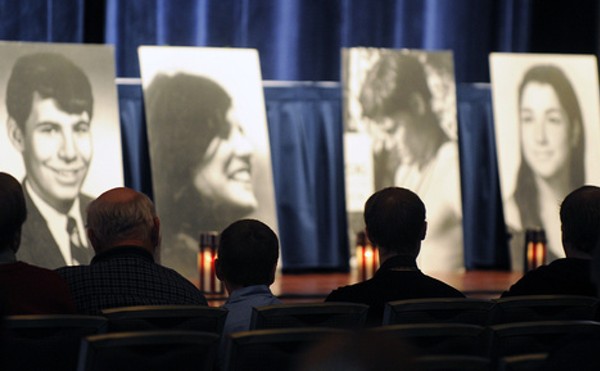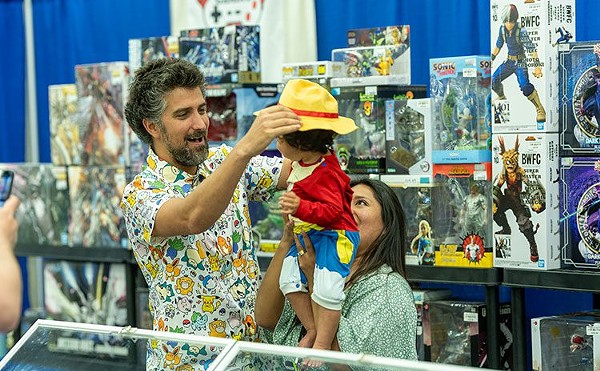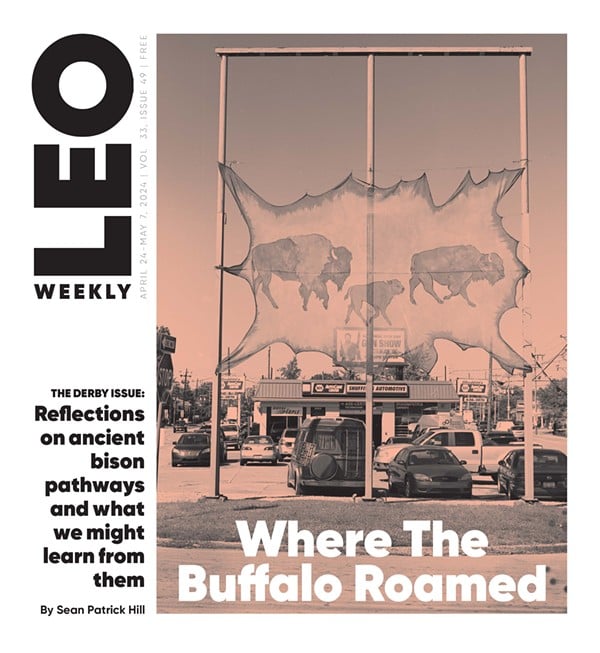Arguably the greatest single achievement by the writing team of Carole King and Gerry Goffin, the song avoids any specific sexual reference, but you don’t have to be a young woman of dating age to read the heartbreaking truth between the lines. The rules in gender relations had changed drastically and irrevocably, and the ramifications continue to elude us.
Almost 50 years later, the multi-award-winning AMC original series “Mad Men” takes us back to that era for some much needed perspective. While the narrative is ostensibly focused on the enigmatic ad-man Don Draper, the subtly shifting sexual mores of the early ’60s provide a more consistent foothold upon the action. With the recently completed (and excellent) fourth season, the cast, which featured three strong archetypical 1960s women, was joined by a fourth, Dr. Faye Miller (played by Cara Buono).
While I would concede that I have no business commenting on the experience of women in the workplace, in America or, well, anywhere really, I am compelled by the balance of the primary female characters in “Mad Men.” Like Dr. Miller, Peggy Olson (Elisabeth Moss) and Joan Harris (Christina Hendricks) are career women. However, while Joan has fashioned herself as a Marilyn Monroe-styled bombshell, she has chosen the fairly conventional career path of an office manager. Meanwhile, Peggy and Dr. Miller are pioneers in areas of business heretofore limited to men. Betty Draper, Don’s now-ex-wife (January Jones), on the other hand, is a former debutante and (as the fourth season begins) current trophy wife of Henry Francis (Christopher Stanley), a political aide. Betty’s psychology is the most curious of the lot — irrational, obstinate, occasionally bizarre. It seems the sexual revolution has left her confused, and her unresolved issues are becoming nightmarish for everyone in the immediate vicinity.
The juxtaposition of these issues with the advertising business is more than brilliant — it’s almost pathetically obvious. In the early 1960s, there was also a revolution in advertising. The success of “Mad Men” has drawn attention to this fact, and a number of compelling documentaries about that era have appeared over the last few years. Among these was “Helvetica” (2007), a historical examination into the far-reaching effects of the early-1960s introduction of the popular typeface. “Milton Glaser: To Inform & Delight” (2008) is a fascinating profile of the designer who gave us the iconic “I (heart) NY” logo; the title refers to his philosophy of advertising design.
Most recently, “Art and Copy” (2009) profiled the revolution that was (arguably) begun by George Lois and a handful of individuals who were specifically inspired by his approach. This film, which was recently featured on PBS’ “Independent Lens,” introduces us to a number of these clever folks and follows the evolution of their most memorable advertising campaigns, including Lois’ original Volkswagen campaign. Also covered: “Got Milk?,” “Just Do It,” “Where’s the Beef?” and “Think Different.” Ultimately, the most consistent message reported has to do with convincing employers to commit to potentially uncomfortable/new angles, taking chances that are calculated to manipulate public consciousness and behavior. As it happens, this is also a consistent theme on “Mad Men.” The balance between giving the client what they want and what will work for them is often unresolvable.
For the most part, it seems “Mad Men” tracks the George Lois revolution fairly closely, but its brilliance is in the way the theme of manipulating perspectives becomes ubiquitous as the formerly timid Don repackages himself as the suave, masterful account man, and the various women respond to the need to compete in an arena marked by sexual freedom. In the war against reality (which seems to have been won by the concept of subjectivity), this seems to have been the warning shot.
How this will bear out in season five, as Don gets married again (to a woman who seems to have devised the perfect pitch … is she for real?), remains to be seen.
For further review: It’s always a good time to watch “The Wizard of Oz.”





